On April 25, 1974, upon seeing on television images of the carnations on the rifles and lapels of the soldiers who carried out the revolution and in the hands of many of the people who joined them in downtown Lisbon, Guilhermina Madeira confesses that she did not imagine that Those flowers were the same ones that, days before, had been in her hands and that were cultivated by her at the then-called Posto Agrario de Tavira, currently the Agricultural Experimentation Center.
But the truth is that that first carnation that Celeste Caeiro offered to a soldier on top of a Chaimite, on Rua do Carmo (and which ended up becoming the symbol of the 25th of April), as well as many others distributed on that day, were “children” of Tavira, created by the team coordinated by, at the time, agricultural regent of the Algarve experimental station .
50 years later, Guilhermina Madeira and her testimony are the central elements of the video “'Cravos de Abril”, which was presented on Friday, at the Centro de Experimentação Agrária de Tavira (CEAT), as well as the initiative within which This work emerged, promoted by the Ecotopia Activa Association, in partnership with the Citizens' Movement for CEAT and Hortas Urbanas de Tavira.
The former agricultural regent, who in the meantime completed a Law course and established herself as a lawyer in Évora, was present at the session on March 1st and told the Sul Informação how it all happened.
In the late 60s and early 70s, when the then very young Guilhermina worked at the Tavira Agrarian Post, this experimentation station produced “several varieties of carnations and sold the production to several places. They came here to pick it up, we sold it to Lisbon, to a distributor,” she says.
In addition to carnations, tulips, gladioli and other flowers, as well as vegetables, were also produced in the greenhouses there. And every week, on Mondays, Wednesdays and Fridays, baskets of carnations went to Lisbon».
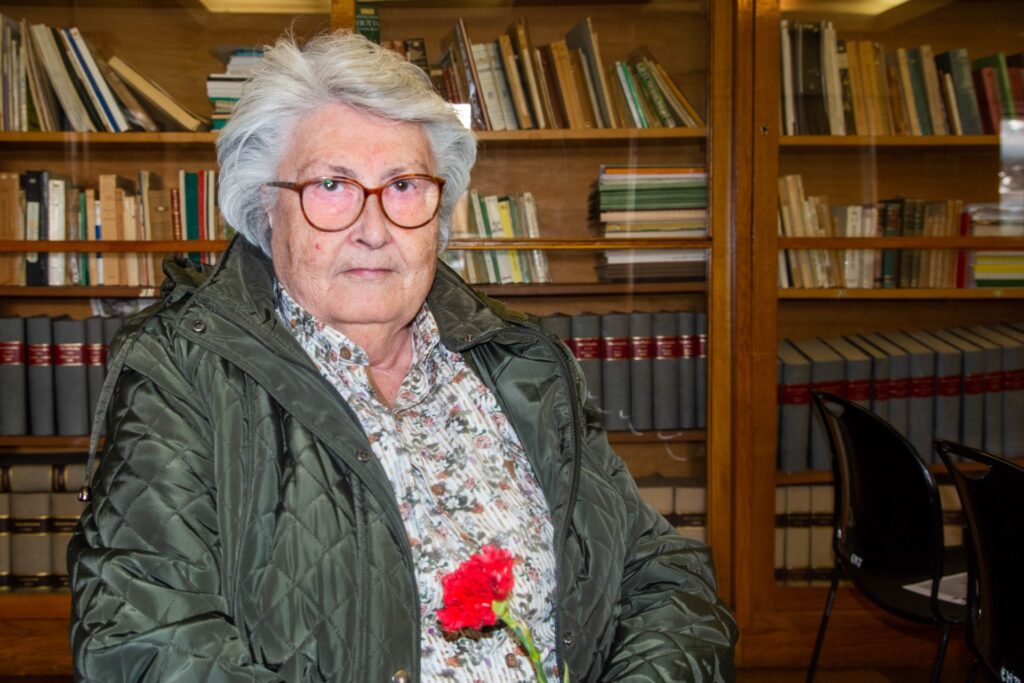
The story of how the carnation became a symbol of the 25th of April is well known and was often told by its protagonist, Celeste Caeiro, who, at the time, worked in a cafe with food service. self-service in Lisbon.
The then modern commercial establishment was one year old on April 25, 1974 and Celeste's boss ordered carnations to offer to customers. However, since a revolution was underway, the restaurant did not open and the owner of the house offered bunches of flowers to the employees so that they would not be wasted.
Celeste Caeiro, on her way home, started a conversation with a soldier on top of a Chaimite, on Rua do Carmo, who ended up asking him for a cigarette.
As he didn't have cigarettes, as he didn't smoke, Celeste Caeiro offered a clove to the soldier, who accepted it and placed it in the barrel of the shotgun. The remaining carnations were then distributed to other soldiers and people on the street. The act was imitated by florists who were also there, who also distributed the carnations they brought.
«We saw the flowers, here on television, but like anything else. That week, between the 25th of April and the 1st of May, Mr Laranjeira, who received our flowers in Lisbon, called here asking us to send as many carnations as we could, especially red ones», recalled Guilhermina Madeira.
The Lisbon flower merchant “spoke to engineer Assunção, who was the deputy director of the agrarian station and was responsible for the floriculture area. And, in the conversation he had with him, he informed him that it was he who supplied the florists in Rossio with the carnations that were sold on the 25th of April. That's how we found out».
But this wasn't even the first time that the cloves from the Posto Agrário de Tavira were associated with a landmark event in the history of Portugal, especially because, at the time, there weren't many carnation producers in Portugal, and the production was done in Tavira had “very innovative” characteristics.
«Yesterday, in conversation with my husband, I remembered that, when Pope Paul VI came to Fátima, in 1967, Our Lady's scaffold was covered with white carnations that they came to get here», revealed Guilhermina Madeira.
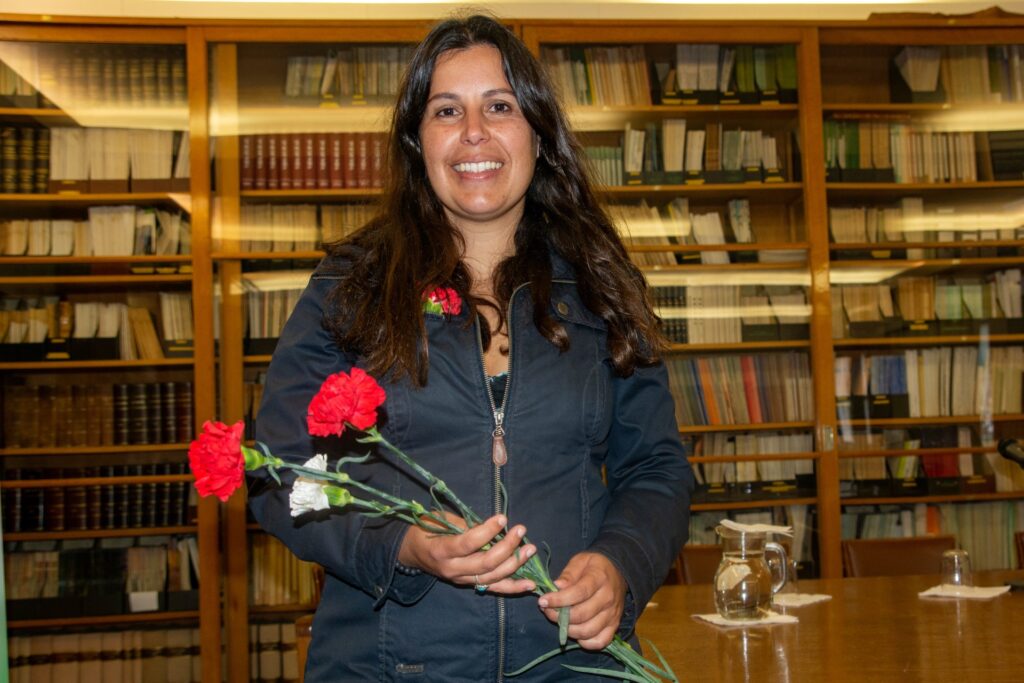
The story of the Tavira carnations that “decorated” the revolution was brought back to Guilhermina's memories by the historian Ignacio García-Pereda, the author of the work “O Posto Agrario de Tavira (1926-1974)”, who interviewed her and discovered this episode.
«At the time, I immediately thought that this was interesting information to open a line of investigation in the future», revealed the historian, at the presentation and premiere session of the video “'Cravos de Abril”, on Friday.
Perhaps that's why, about a year ago, when he presented his work on the Agrarian Post at CEAT, Ignacio García-Pereda told the story.
«I was in this room with other members of the Citizens Movement and the Ecotopia Association, when we learned that the carnations had left here for Lisbon. And we immediately thought that this story had to be known, it had to be common knowledge», he told Sul Informação Ângela Rosa, president of Ecotopia Ativa.
The question was how this would be done, an idea that eventually emerged: «nothing better than planting carnations again at the agricultural station, which have not been planted for decades, perhaps for almost 50 years. And that's how we came together, as a community».
Carnation cultivation began last August and, since then, there has been “a network of volunteers who regularly watered the carnations, on Mondays, Wednesdays and Fridays, to whom we must be very grateful. These volunteers also took care of the flowers».
«We recorded this entire process on video and sought to hear the voices, the witnesses, of this historic fact, namely that of engineer Guilhermina. We wanted to make everyone aware of what happened here,” she explained.
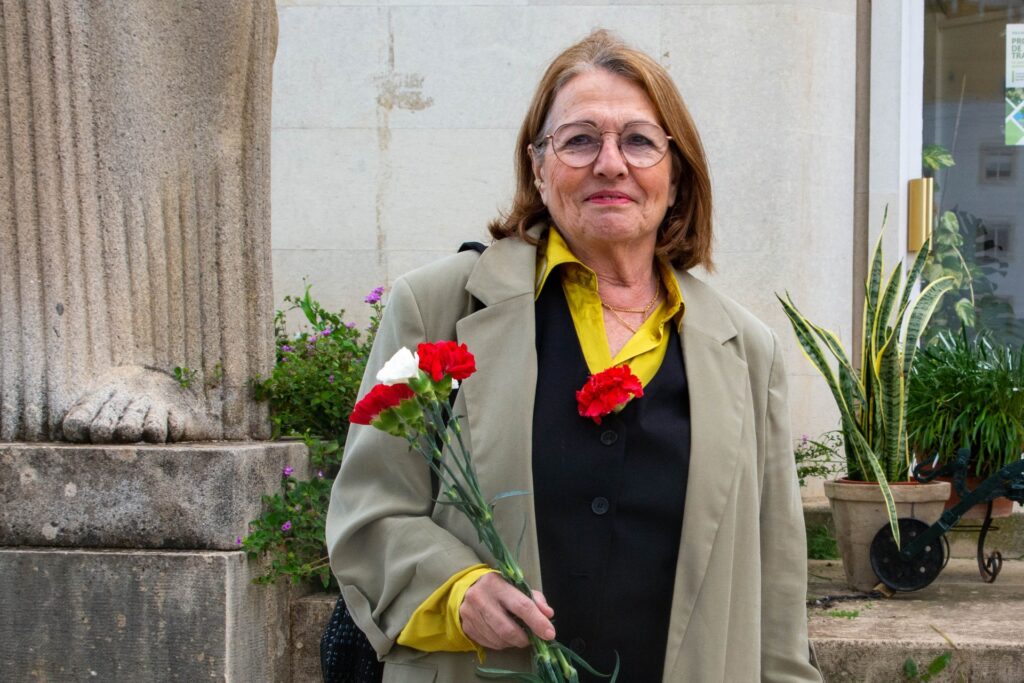
Emília Costa, university professor at the University of Algarve, with a PhD in Biotechnology, is also an associate of Ecotopia Ativa and was involved in this project.
«What we did here was grow carnations again and distribute them in Lisbon, as far as we could. At this moment, the video has been made and there are carnations grown there in the garden", he said, highlighting that" the participation of the gardeners was extremely important".
«We have a new production and, on April 25th, there will certainly be more carnations to distribute to the population», he said.
Emília Costa was, like Ângela Rosa, one of the members of the group involved in this project who had the opportunity to meet Celeste Caeiro, who is now 91 years old. “She told us the whole story again.”
«We went to hand over the carnations to Ms. Celeste Caeiro, an act that was very moving, even more so because, at that moment, we really realized that this entire symbol of the carnation appeared completely spontaneously», reinforced Ângela Rosa.
The carnations were also delivered to a former florist in Lisbon, «who at that time also participated in the distribution of the carnations. She sold carnations and knew the merchant Laranjeira».
«We also delivered flowers to people in Largo do Carmo, Terreiro do Passo and Rossio», added the president of Ecotopia Ativa.
«Carnations have become a symbol that defends our democracy, our freedom. And these flowers were grown here, imagine», concludes Ângela Rosa.
The video “Cravos de Abril” will be published in April. However, the association will also send or deliver the carnations it planted, as a gesture of thanks, to prominent personalities linked to the 1974 Revolution.
The video produced by the association Ecotopia Activa and by Citizens by CEAT and Hortas Urbanas de Tavira had the collaboration of the Associação 25 de Abril and the support of the Municipality of Tavira and CCDR Algarve.
Photos: Hugo Rodrigues | Sul Informação
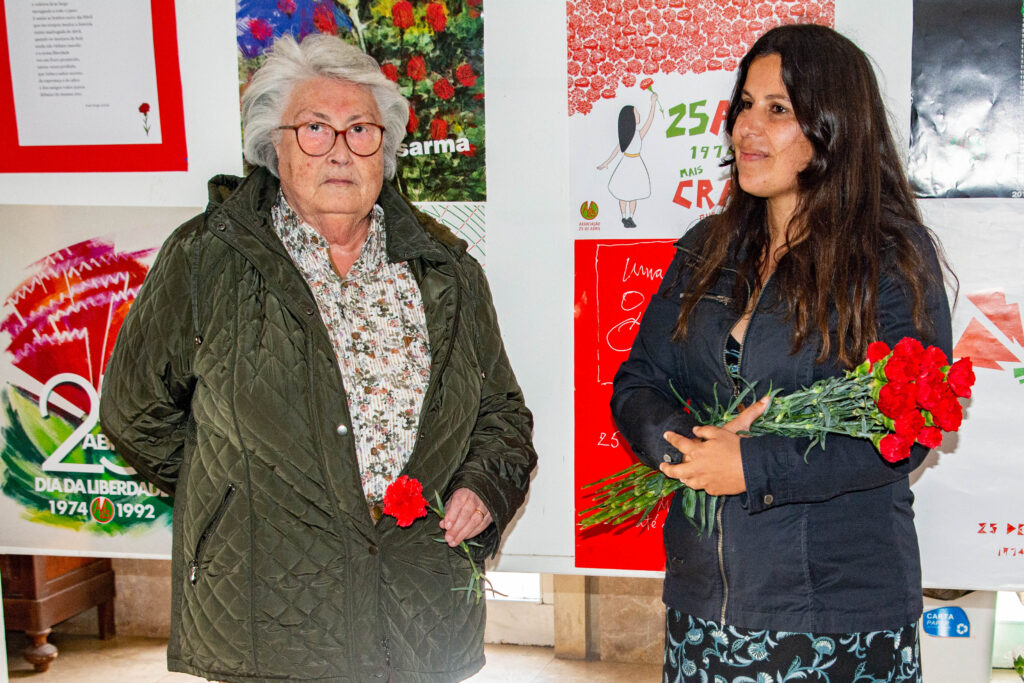
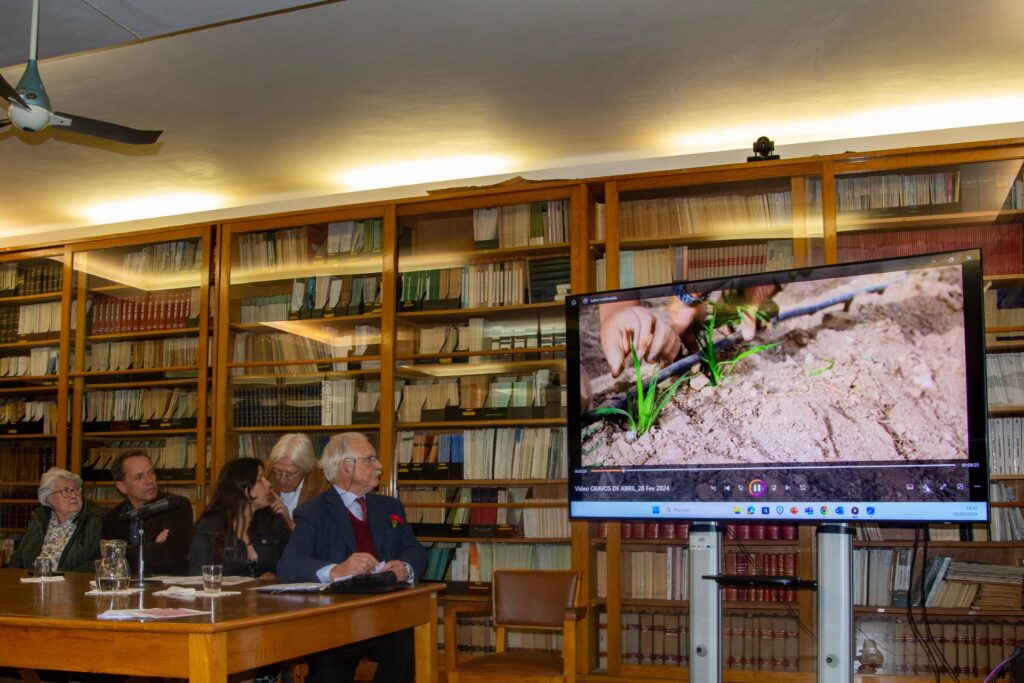
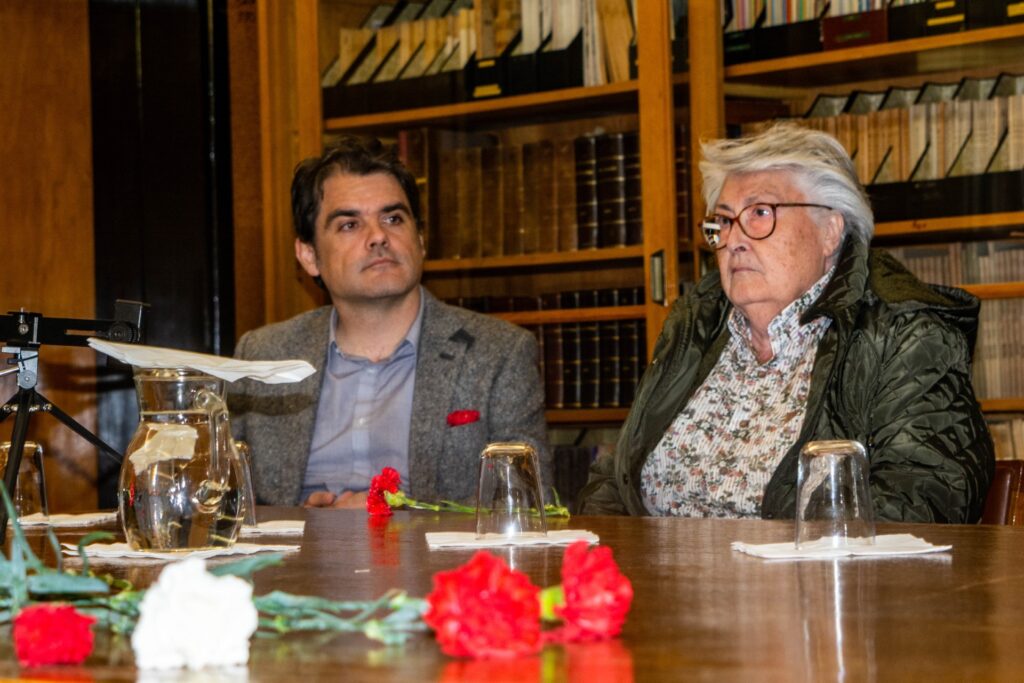
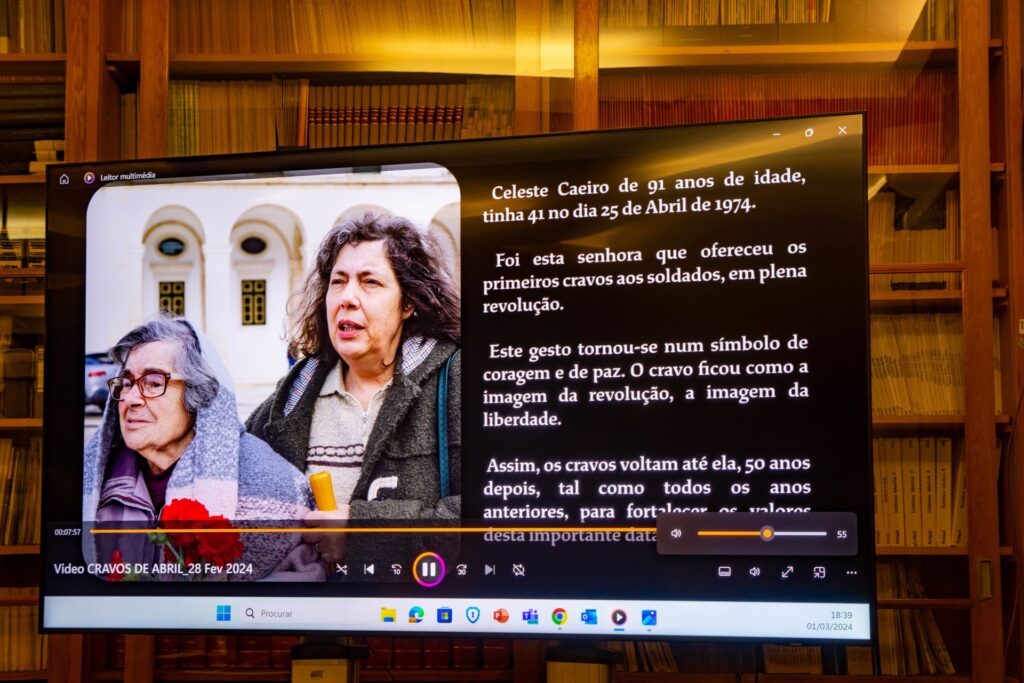
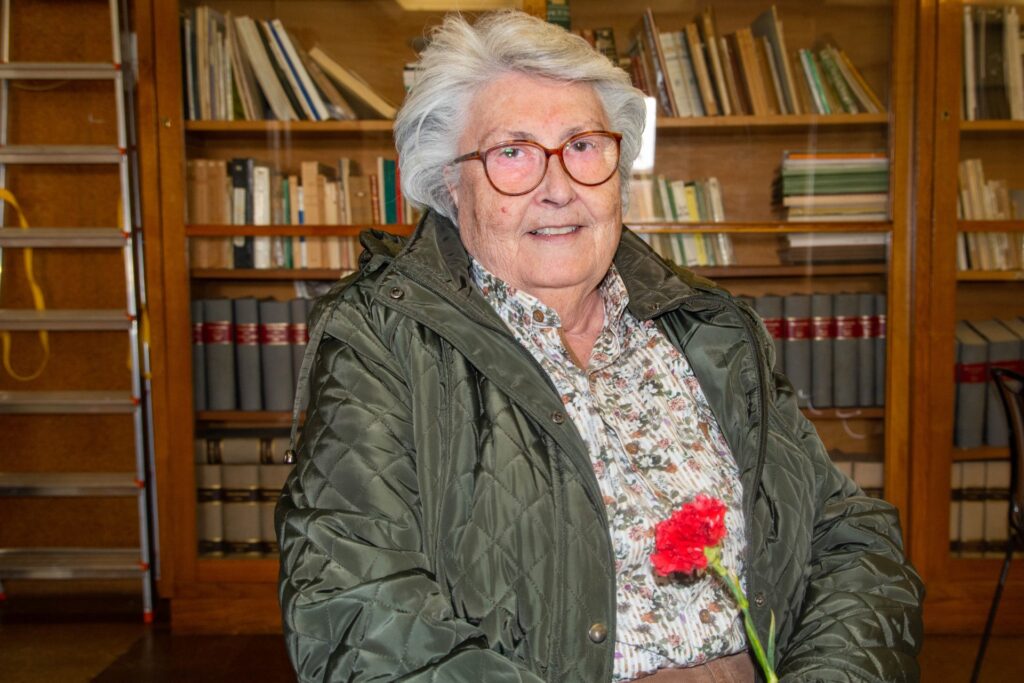
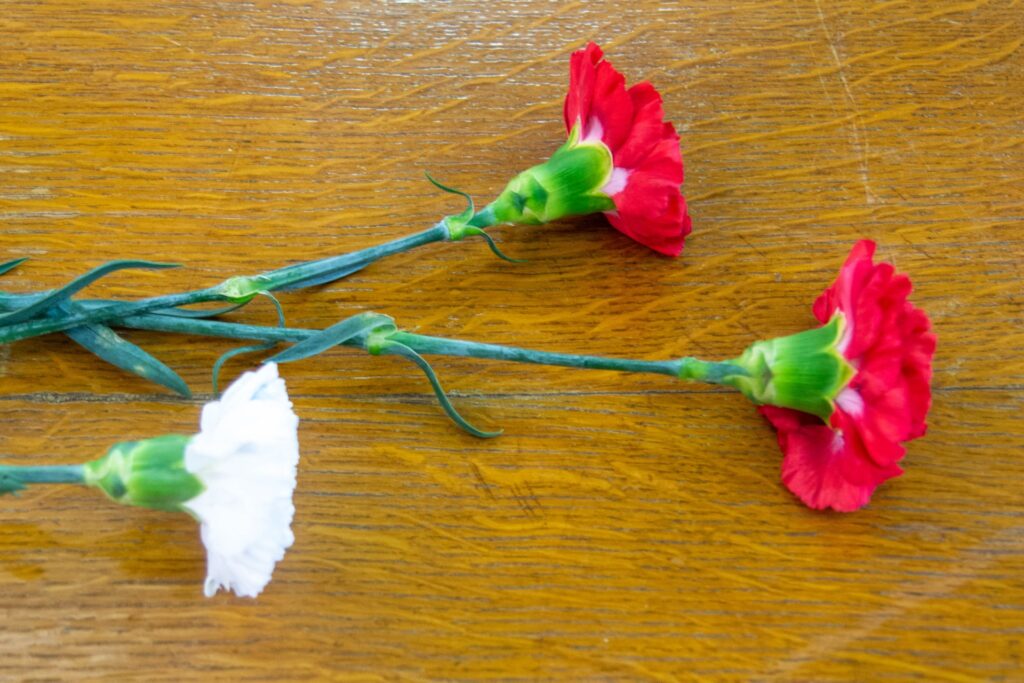
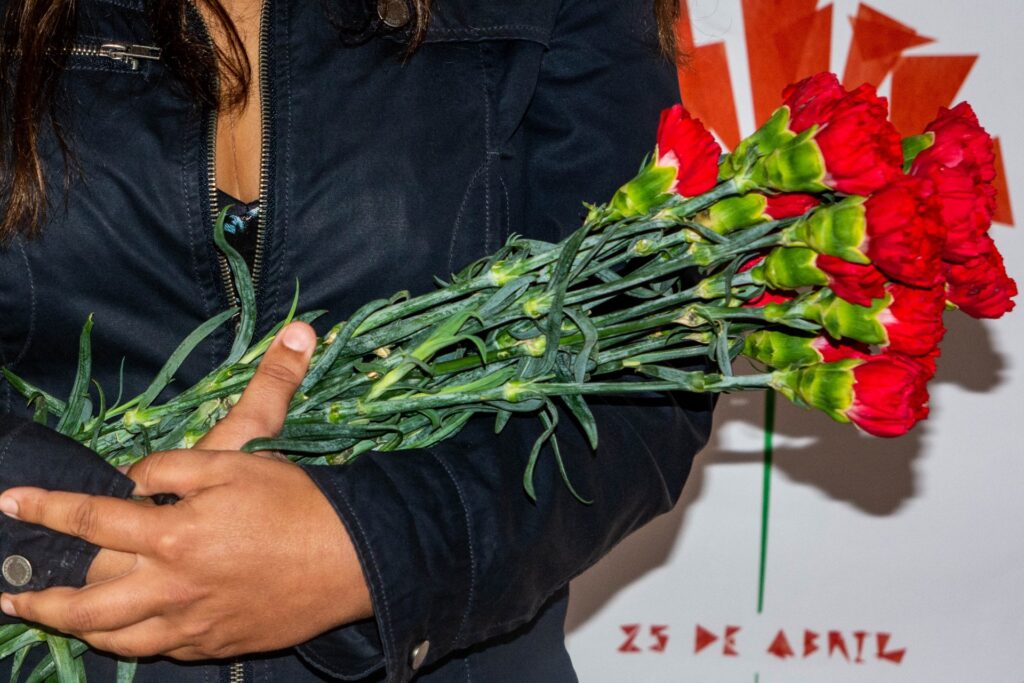
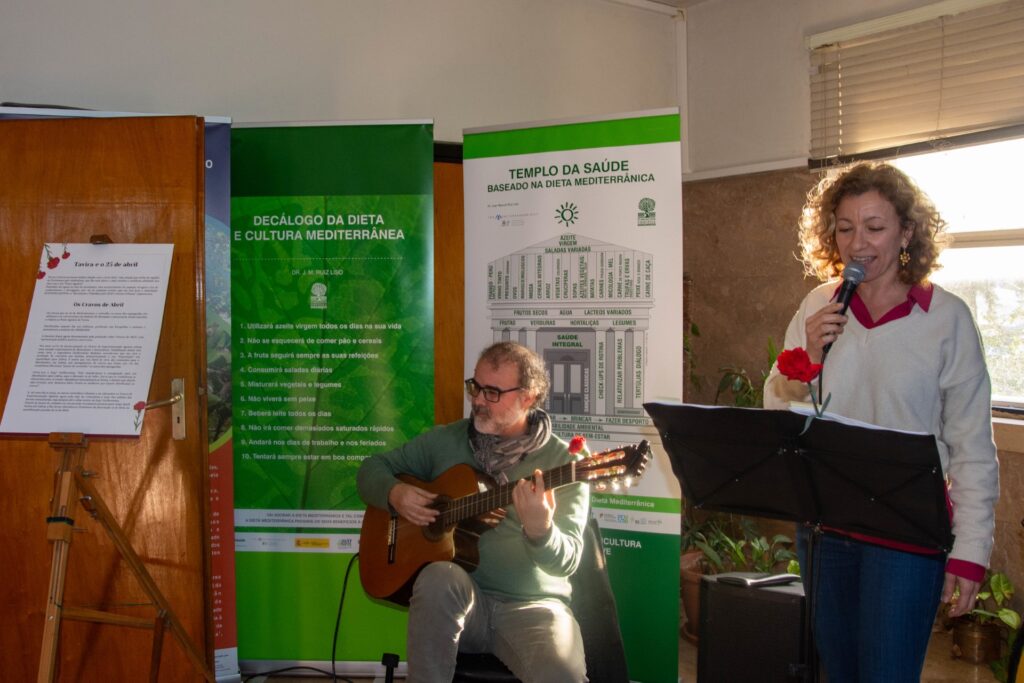
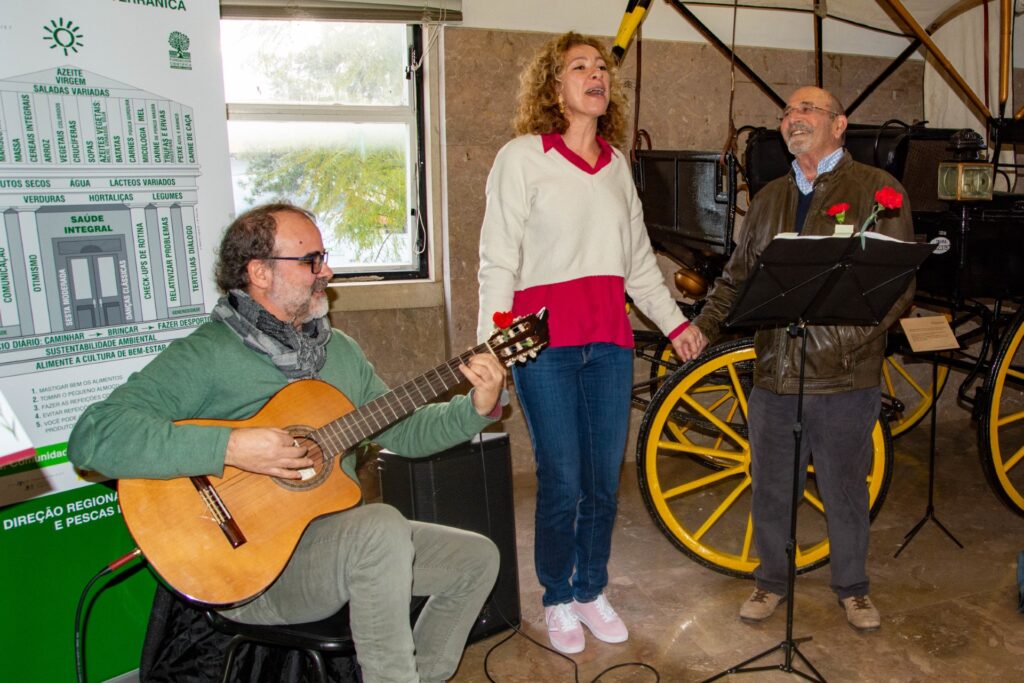


















Comments